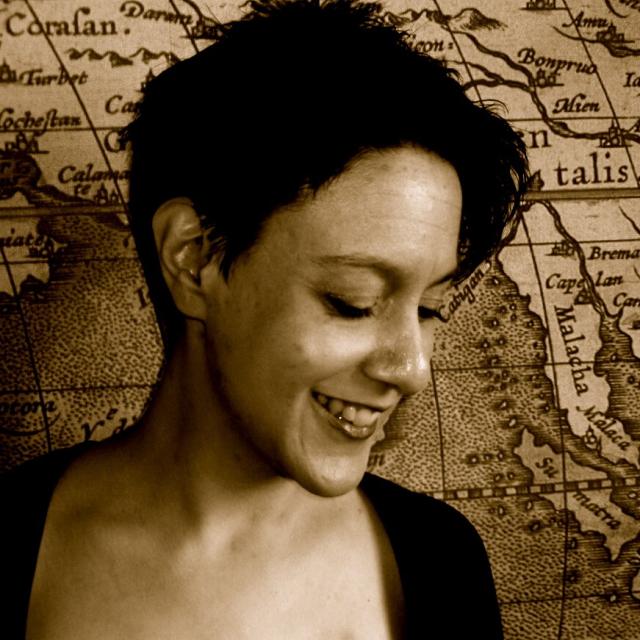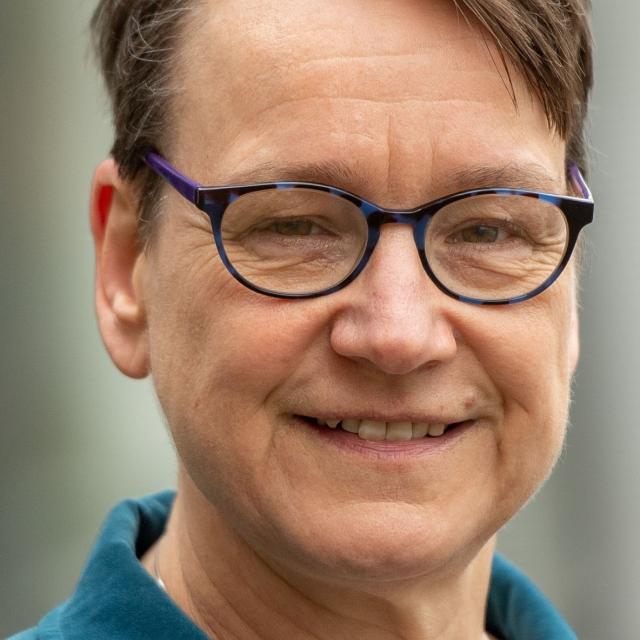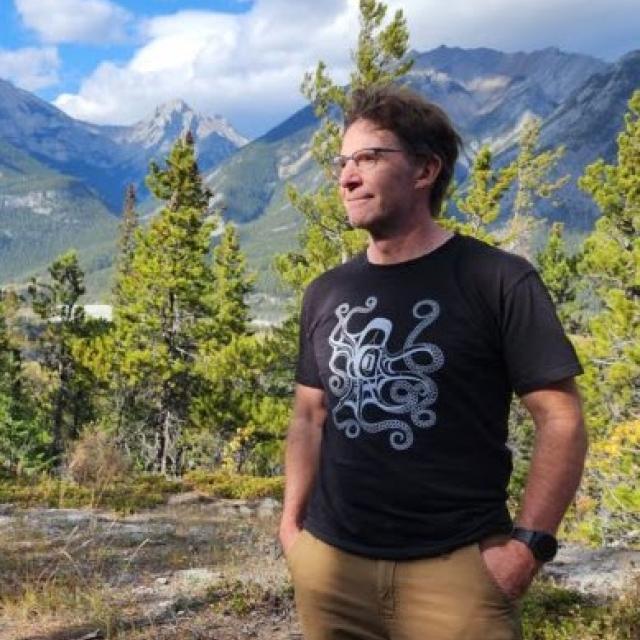Alberta Mathematics Dialogue (AMD) 2025
Topic
The annual Alberta Mathematics Dialogue (AMD) is the largest annual meeting for professional mathematicians and mathematics educators in Alberta. Over two days, delegates will discuss current research, collaborate on open problems, exchange ideas on post-secondary education and share educational resources.
The research component of the conference spans the entire width of mathematical exploration, from senior plenary talks, to expert minisymposia, to graduate student talks and a special session for undergraduate research. Educational topics revolve around online teaching, remote grading, modern curricula in mathematics, as well as equity, diversity, and indigenization of mathematics. We invite leading experts in research and education from outside the province.
Please refer to the Main Event Site for the most updated information.
Speakers
Details
Plenary Talk Abstracts
De-clawing graph theory (Stephanie van Willigenburg)
This talk requires no prior knowledge and will be a gentle introduction to colouring graphs, suitable for a broad audience including students. We will start with some historical tales, including the four colour map problem and the chromatic polynomial. We will then meet the chromatic symmetric function, dating from 1995, which is a generalization of the chromatic polynomial. A famed problem on it, called the Stanley-Stembridge (3+1)-free problem, has been the focus of much research lately including resolving another problem of Stanley of whether the (3+1)-free problem can be widened. The resulting paper on the latter problem was recently awarded the 2023 David P. Robbins Prize, and we will hear this story too.
A journey of cryptography in class groups of quadratic fields (Renate Scheidler)
Cryptography in class groups of quadratic fields dates back to 1988 with the advent of the first protocol for exchanging cryptographic keys, whose security resides in the intractability of extracting discrete logarithms in the class group of an imaginary quadratic field. Since then, the area has undergone a turbulent history. A host of other class group based cryptosystems were put forward, founded on the hardness of both the discrete log problem and the integer factorization problem. Following devastating breaks of the factoring-based schemes in 2009, the area made a come-back in 2015 when class groups of imaginary quadratic fields turned out to facilitate linearly homomorphic encryption, which can be used for electronic voting for example. The suitability of class groups as a setting for zero knowledge proofs and in block chain technology further rejuvenated the subject. Research has intensified with the recent innovation of supersingular elliptic curve isogeny based cryptographic schemes – again with successes as well as spectacular failures. This talk tells the tumultuous tale of class group based cryptography, from its beginnings 37 years ago to current state-of-the-art research into protocols that are resistant to attacks by quantum computers. No mathematical knowledge beyond familiarity with very basic abstract algebra (groups, rings) is required to follow the story.
The mathematical analysis of acoustic echos (Peter Gibson)
This talk presents some problems and results in the theory of differential equations, and describes their relation to fundamental questions in acoustic imaging. From a practical perspective, the goal is to understand how information about a particular layered structure - for example in the built environment, or biological tissue such as the retina or abdominal wall, or geological structure such as sedimentary rock - is encoded in acoustic echoes reflected back from the structure. Certain animals such as porpoises, bats and shrews use this type of information to perceive their environment, much as we perceive our surroundings using reflected light. But we do not fully understand how this works. Layered structures provide a simplified setting in which to explore the issue, and comprise and important special case of interest in its own right. Analysis of the simplest mathematical model governing sound propagation in layered media leads to a surprising diversity of mathematical connections, including in combinatorics, differential geometry and quantum mechanics. In turn, mathematical results in each of these areas provide insight into the original acoustic setting. Ultimately, these lead to a much more detailed understanding of how acoustic echoes encode the physical structure from which they emanate. The talk is intended to be accessible to a wide audience.
Getting engaged – to what extent am I imploring? (Jim Stallard)
Student engagement in various classroom exercises is critical and one of many evidence-based effective pedagogical methods. During this session, I will discuss the various engagement methods I have recently incorporated in the Statistics classes I have instructed and reflect ‘how much is too much’ .
Call for Sessions
The event is accepting proposals for research sessions held on May 1, 2025 and teaching sessions held on May 2, 2025.
To submit a session proposal, please fill out this form: Session Proposal Form
Please submit only one form response per session proposal.
Session proposals will be accepted until Sunday March 16, 2025. Organizer(s) of successful proposals will be contacted.
Conference Banquet
There will be a conference dinner held on May 1 (at the Last Defence Lounge, MacEwan Student Centre, University of Calgary). Please order and prepay your banquet ticket before or on April 22, 2025.
The cost is 10 CAD for graduate students and postdocs, and 20 CAD for other participants. Tickets are sold out.
Additional Information
Sponsors
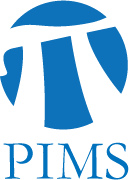
| 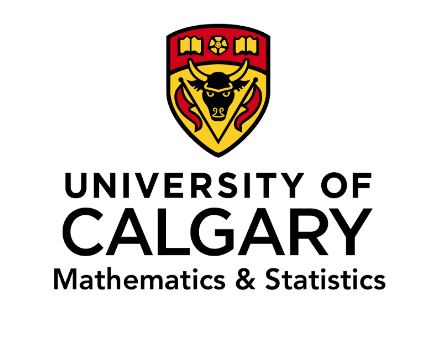
|
The Pacific Institute of Mathematical Sciences (PIMS) | University of Calgary - Department of Mathematics & Statistics |

| 
|
University of Calgary - Faculty of Science | University of Calgary - Vice President of Research |
